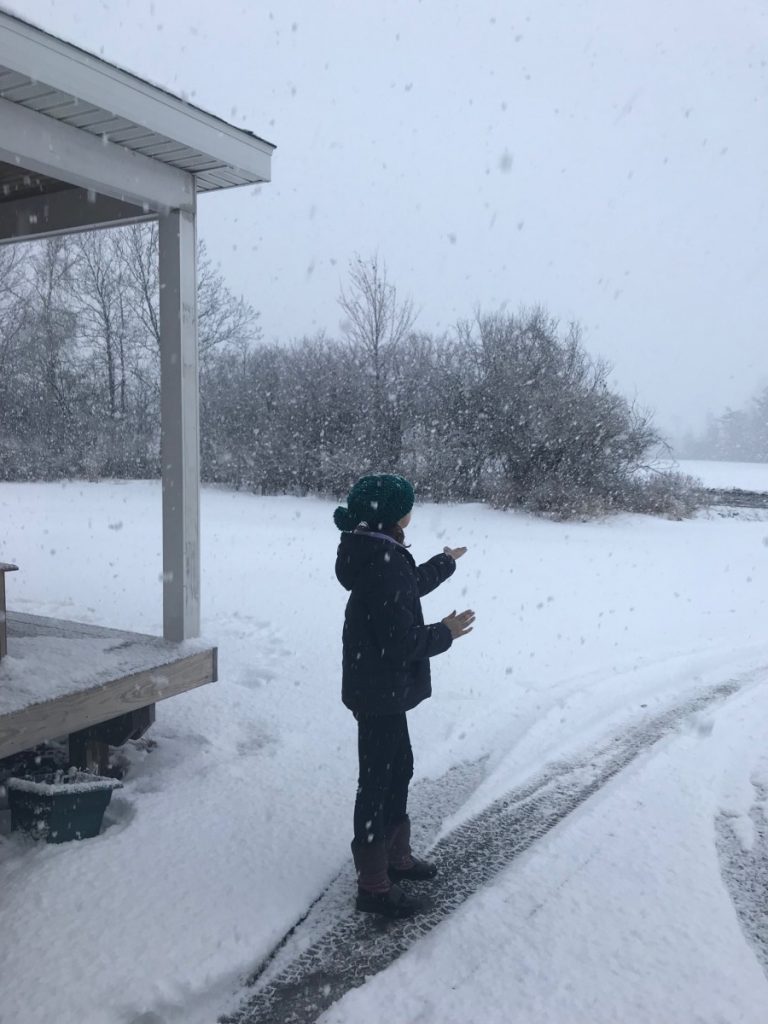A synopsis of chapter 6 “The Design of Learning Environments” of How People Learn
I am currently working on building out a series of blog posts in connection a session I presented on creating a more student-centered Canvas course site. You can view what I’ve written so far here. So I was very pleased to see a reference to learner-centered environments as I read through Chapter 6: The Design of Learning Environments, in How People Learn. In particular the authors point out:
“We use the term “learner centered” to refer to environments that pay careful attention to the knowledge, skills, attitudes, and beliefs that learners bring to the educational setting” (p. 133).
It struck me that this also connects tightly to the focus of Chapter 3 and how transfer occurs for learners of all abilities and the significance that both prior learning and experiences impact both learners and their environment. Cultural practices are also addressed – “Learner-centered instruction also includes sensitivity to the cultural practices and the effect of those practices on classroom learning” (p. 135). I’d encourage you to take a look as they provide some specific examples of how these different practices can drastically impact the instructional method chosen by teachers.
In addition to a focus on learner-centered environments this chapter also examines the ways in which environments are centered on knowledge, assessment and community. When considering how knowledge-centered an environment is the relevance to a student’s day-to-day life is critical as is the balancing of “…activities designed to promote understanding and those designed to promote the automaticity of skills necessary to function effectively without being overwhelmed by attentional requirements” (p. 139).
An assessment-centered environment also seeks balance by offering opportunities for revision, and adeptly utilizing both formative and summative assessment to foster students’ learning. It was reassuring to note the way in which a learner-centered focus wove its way through each of the other “centers”. For example, when concentrating on assessment the authors point out that “Effective teachers continually attempt to learn about their students’ thinking and understanding” (p. 140).
Assessment can also be used for teachers to self-reflect on their instruction. “Appropriately designed assessments can help teachers realize the need to rethink their teaching practices.” (p. 141). This emphasizes the iterative process of teaching and the way in which a teacher’s methods should evolve over time as they learn more about the different environmental levels they are working in and the students they are working with.
Lastly, the authors discussion of community-centered environments took into account the different levels of communities including classroom, school, homes, community centers, after-school programs and businesses (p. 147). Special attention is paid to the way in which cultural practices can impact classroom communities and what practices are well-received which is a good reminder that norms are not globally or even regionally standardized. Some of my favorite quotes from this section include:
“Teaching and learning must be viewed from the perspective of the overall culture of the society and its relationship to the norms of the classrooms” (p. 147).
“A key environment for learning is the family” (p. 148).
“Children also learn from the attitudes of family members toward skills and values of schooling” (p. 148).
Every passionate educator that I have ever met understands that the child is at the center of every educational experience. It was reassuring to see that focus reflected in this reading as well. Learning is a personal thing and I remain convinced that it can only be done really well when an educator is aware and receptive to all of the impacts that a child’s many environments have on their view of the world.
